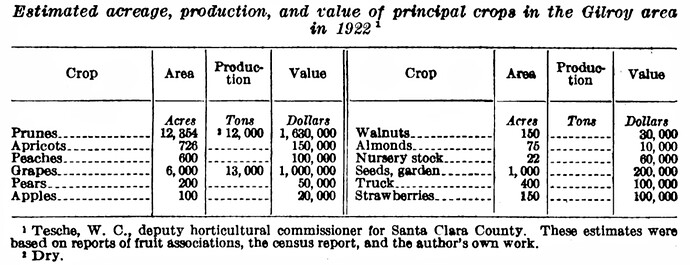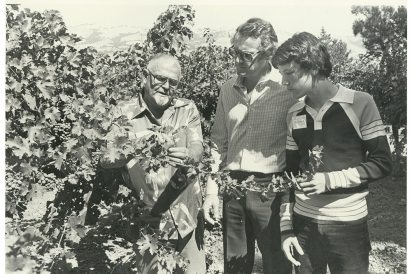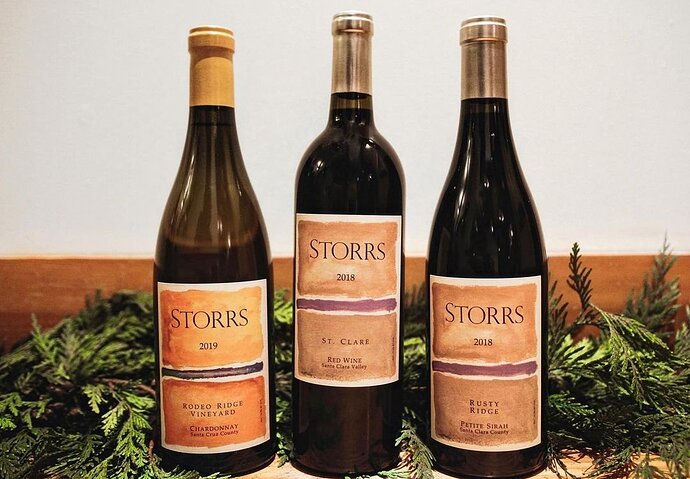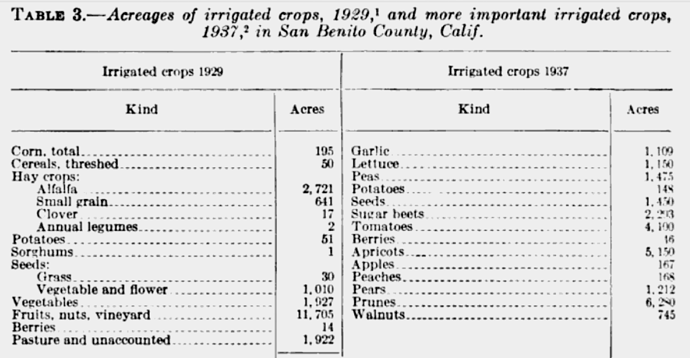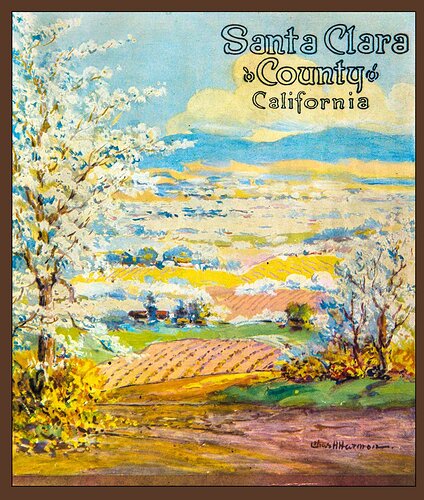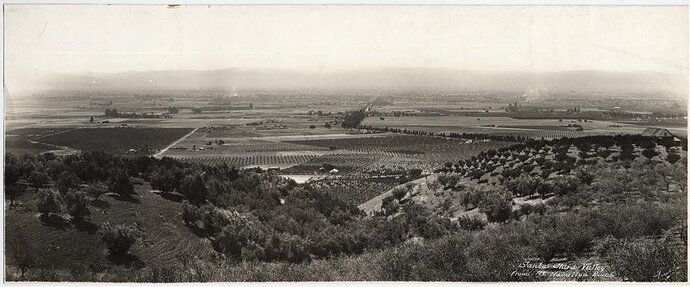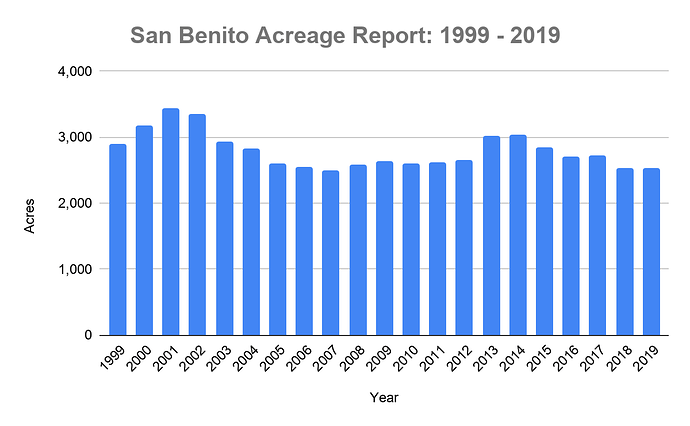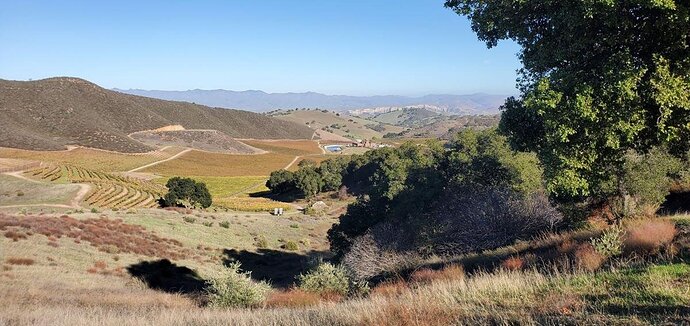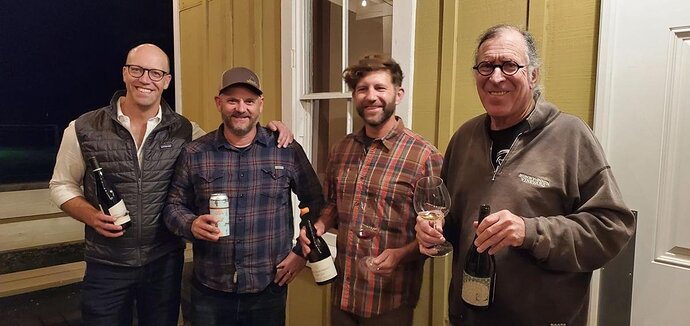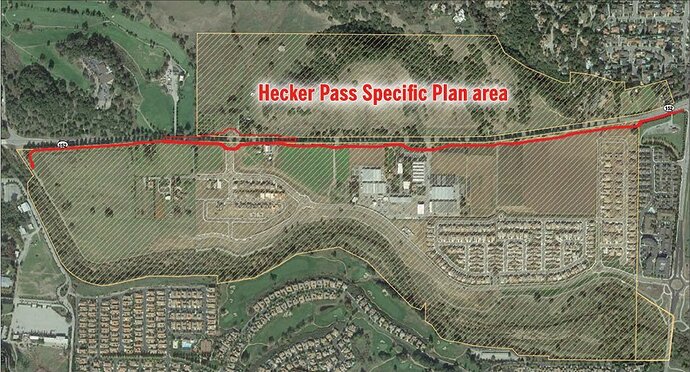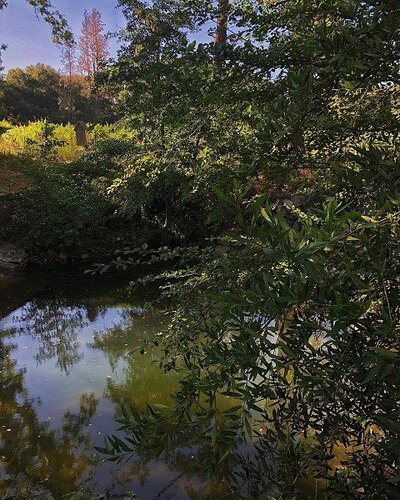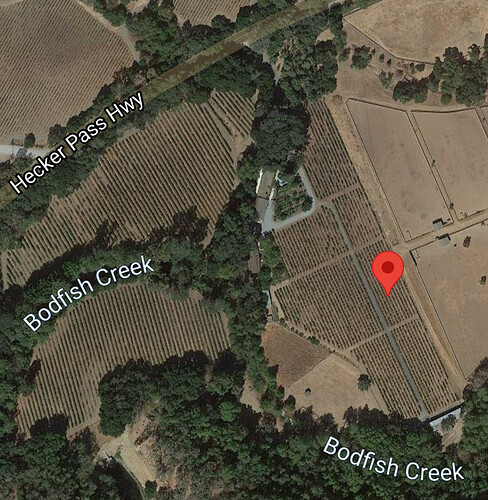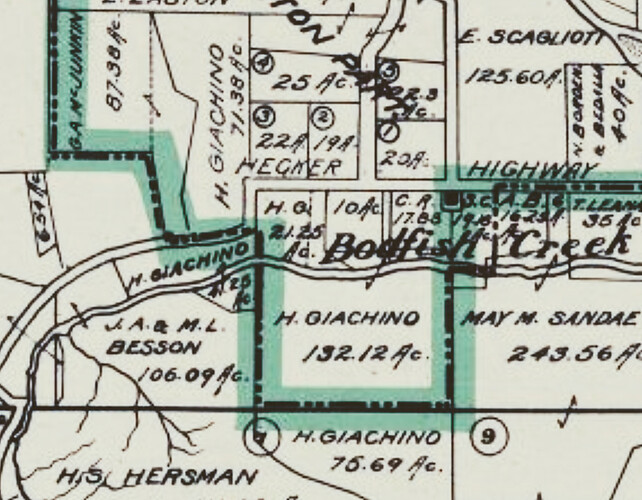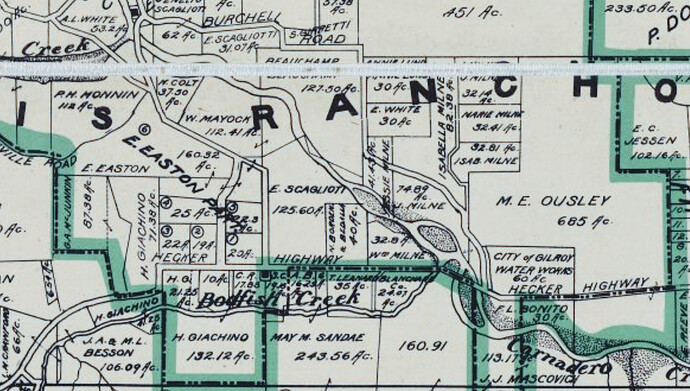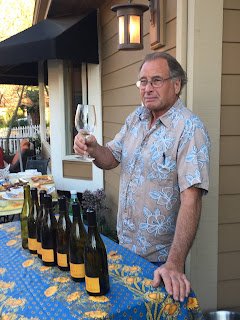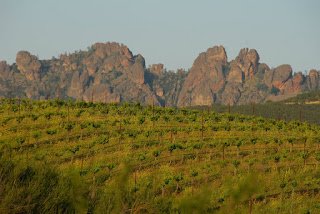The 1927 Soil Survey of the Gilroy Area, CA provides a fascinating snapshot in time.
Gilroy did not become an important player in Santa Clara Valley grape-growing until well after California’s Phylloxera epidemic. In the 1880s, the township specialized in growing wheat and raising cattle. 1.2 million pounds of cheese were produced in Gilroy, a testament to the importance of local dairy farms.
Families of European and Japanese origin played a large part in early 20th Century agriculture. Gilroy farmers developed fruit orchards, seed crops, and small vineyards.
By the the 1920s, Italian immigrants around Morgan Hill and Gilroy were trying their hand at winegrape cultivation. At the same time, suburban growth in northern Santa Clara was increasing. In time, the famous “Valley of Heart’s Delight” would all but disappear.
Hathi Trust
US Dept. of Agriculture
Bureau of Chemistry and Soils
Washington, DC
Soil Survey of the Gilroy Area, California (1927)
by Stanley W. Cosby & E.B. Watson
"…The grape crop is probably the second in importance [after prunes], and consists almost exclusively of the juice or wine varieties, as very few table grapes and no raisin grapes are grown in this area. They are planted mainly on the higher areas of Pleasanton gravelly sandy loam and on the residual hill soils of the Aiken and Altamont series. The depth of these soils is the main factor in their productiveness, although grapes will do fairly well on shallow soils comparatively low in moisture.
"Cultural practices are simple, consisting of spring plowing followed by harrowing, and such cultivation as can be given before the canes of the vines spread. Some suckering and thinning out of the canes is done where the growth is too rank and shades the fruit excessively. Pruning is done, preferably late in winter, the vines being cut back severely, leaving only a few short canes at the head of the main trunk. The latter is headed 12 or 18 inches from the ground. The vines are not trellised, and very few varieties are supported on wires. Frost does considerable harm in some seasons.
“…Grapes begin to ripen about the 1st of September, and harvesting continues until the middle of November, depending upon the variety. The grapes are picked by hand into 30-pound lug boxes for shipment to the eastern markets. Of the 1922 crop, 433 carloads were shipped from the area (as compared to 164 carloads in 1921); about 65 carloads were used locally or shipped out by auto truck; possibly 250 carloads were lost because of the shortage of railroad cars. The average opening price in the season of 1922 was $80 a ton, but the price dropped later in the season…”.
Hathi Trust
US Dept. of Agriculture
Bureau of Chemistry and Soils
Washington, DC
· Soil Survey of the Hollister Area, California (1927)
by Stanley W. Cosby & E.B. Watson
· Soil Survey of the Santa Cruz area, California (1935)
by R Earl Storie
· Soil Survey: San Benito County, California (1969)
by Dan Isgrig
USDA NRCS
Published Soil Surveys for California:
https://www.nrcs.usda.gov/wps/portal/nrcs/surveylist/soils/survey/state/?stateId=CA
UC Davis
CA Soil Resource
Soil Web Interactive Map of Soil Surveys:
https://casoilresource.lawr.ucdavis.edu/gmap
*** EDIT ***
Hilgardia Vol.1 No.18 (p.455-480)
“Utilization of the Soils in the Gilroy Region”
by Stanley W. Cosby
May, 1926
DOI: 10.3733/hilg.v01n18p455
PDF Download Link:
https://hilgardia.ucanr.edu/fileaccess.cfm?article=151963&p=GOYIAR
